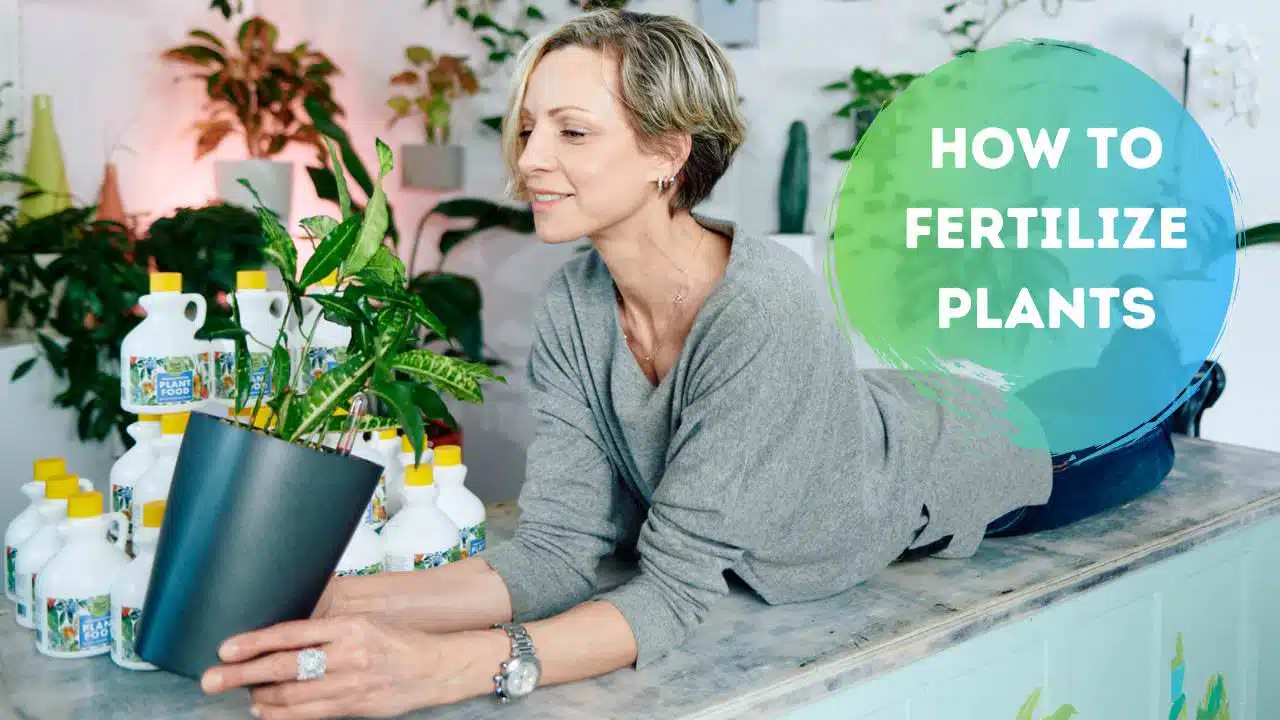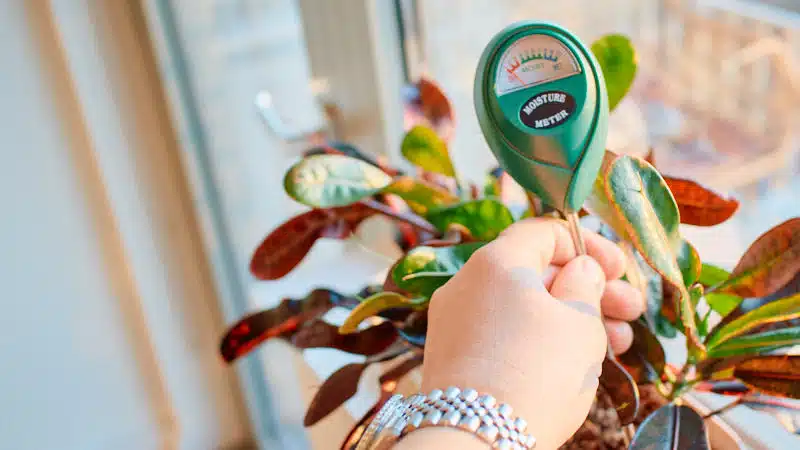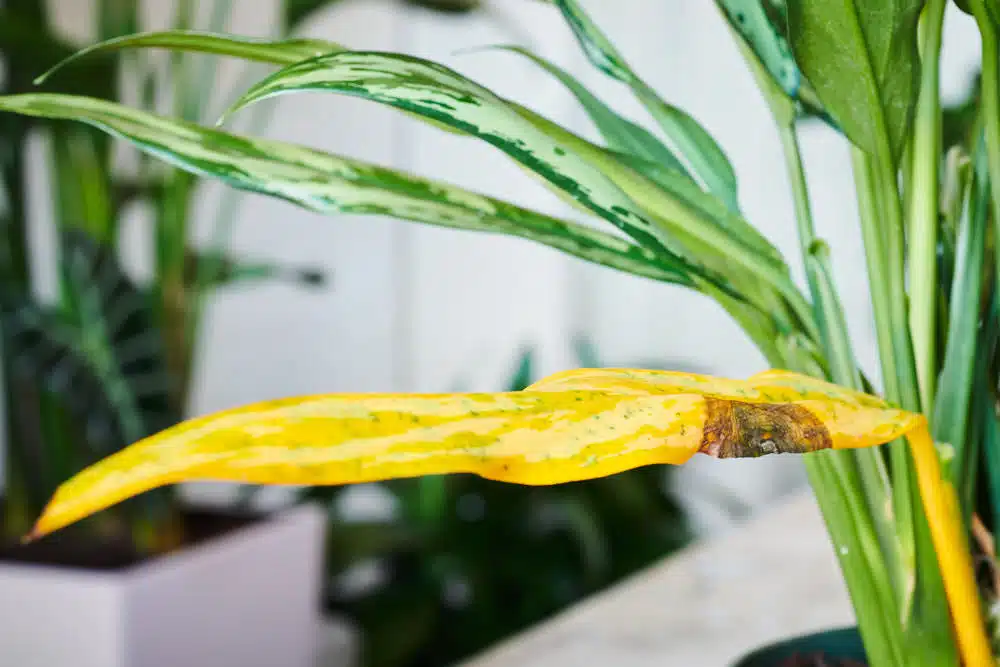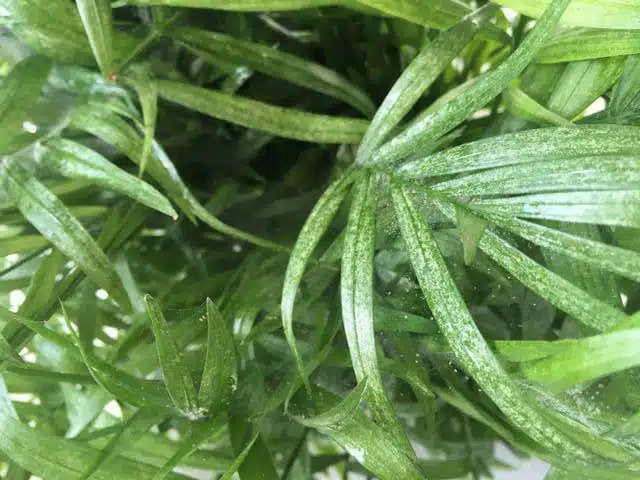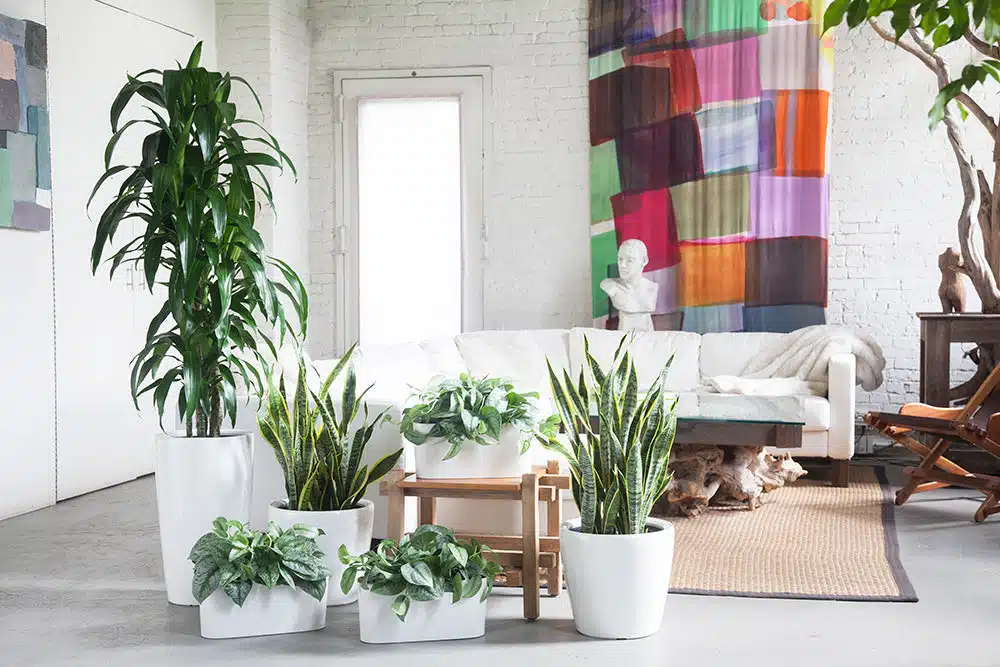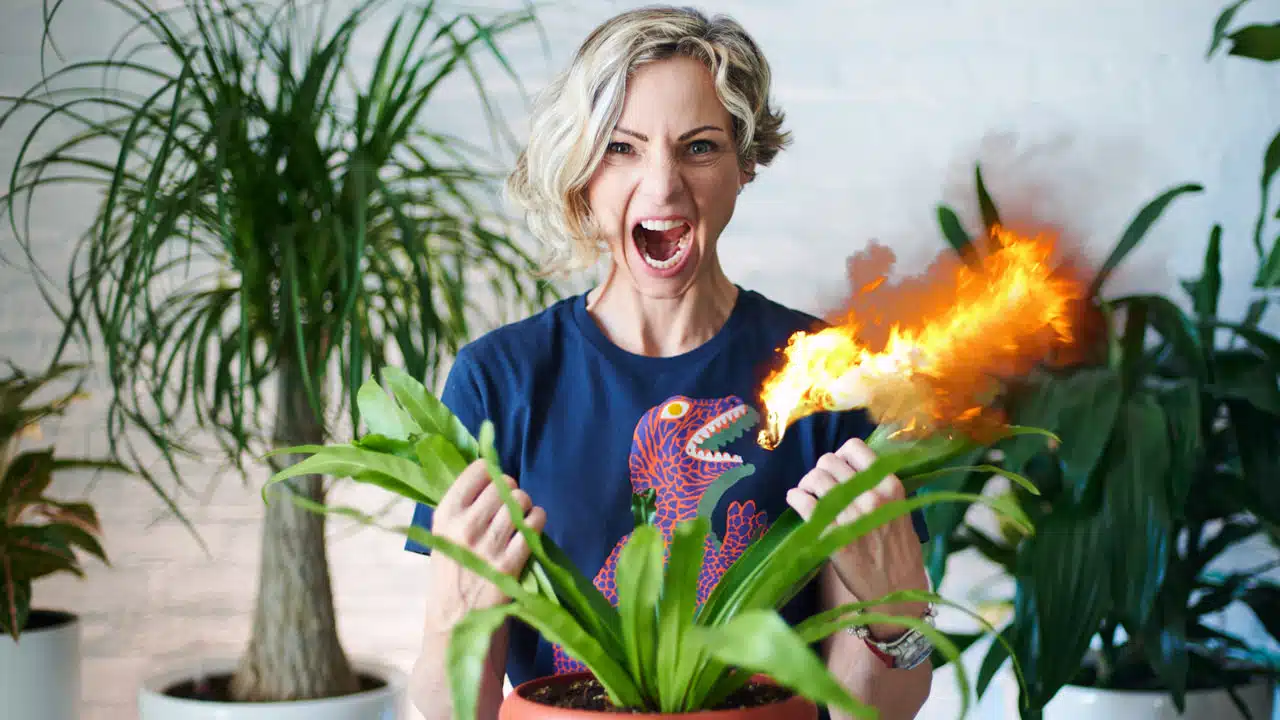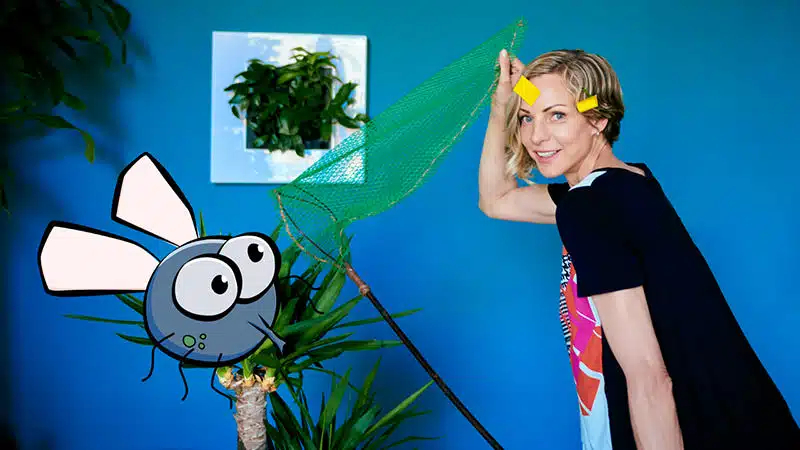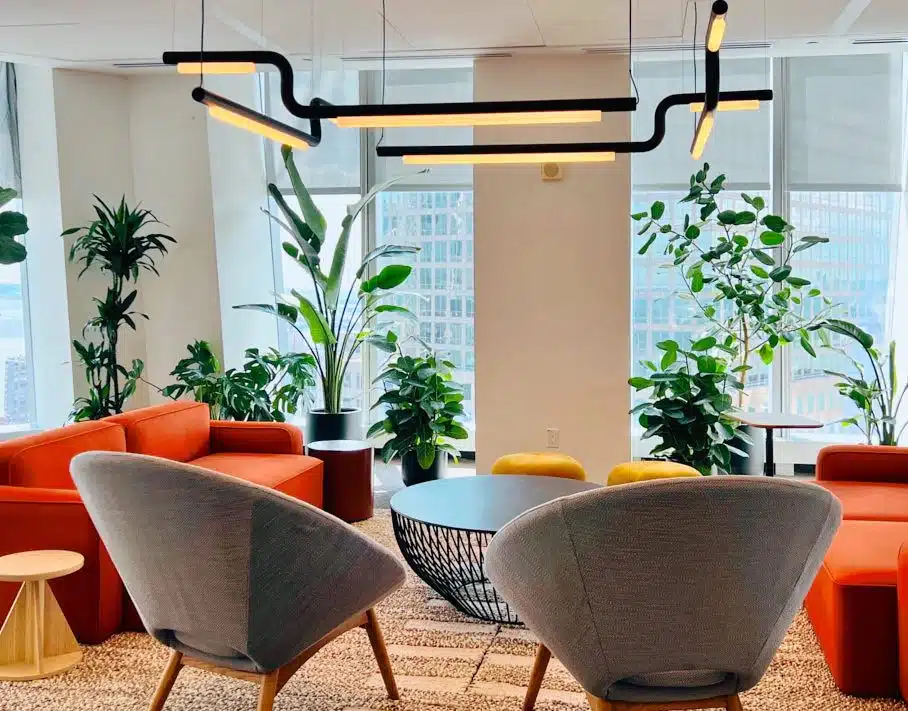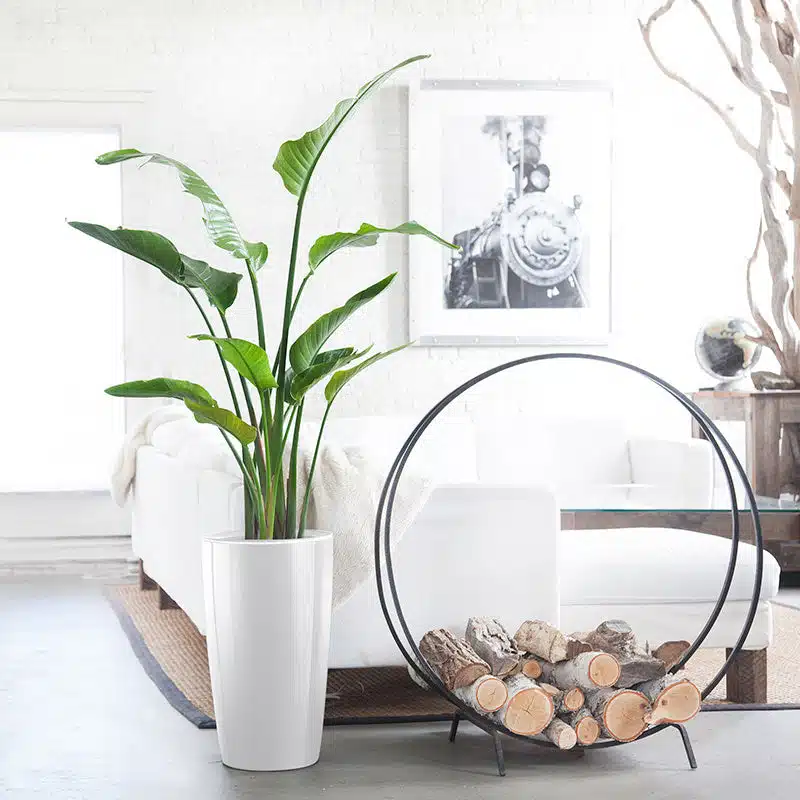Ever thought you couldn’t keep a plant alive? Think again! These easy-to-grow indoor plants are perfect for beginners looking to add a touch of green to their homes.
Starting your journey with houseplants doesn’t have to be overwhelming. As the founder of a New York plant company, I’ve helped thousands transform their homes and offices into green oases with minimal effort.
In this guide, I’ll share the list of the best indoor plants for beginners, helping you avoid the worst plants for beginners that often discourage new plant parents. These are easy-to-grow plants that are perfect for anyone new to plant care or those who’ve struggled in the past.
By the end, you’ll feel confident to kickstart your plant journey and make plants thrive in your space.
Key Takeaways
- Start Small: Begin with just a few easy indoor plants for beginners to build your confidence.
- Consider Your Lifestyle: Choose houseplants that match your schedule, light conditions, and available space.
- Opt for Low-Maintenance Plants: Select indoor plants that have a forgiving nature, don’t require too much attention, and demonstrate high adaptability for the best chance of success.
Top 10 Best Indoor Plants for Beginners
The plants on my list are considered low-maintenance, making them ideal for beginners or busy individuals.
Low-maintenance plants require minimal care and attention to thrive. These plants typically are more forgiving of neglect and are generally more resilient to changes in lighting, temperature, and humidity.
Here are the best houseplants for beginners:
1. Snake Plant (Sansevieria Trifasciata)

- Why It’s Great for Beginners: Snake plants are nearly indestructible and can tolerate neglect.
- Water: Allow the soil to dry out completely between waterings.
- Light: Thrives in low to bright light.
- Care Tips:
- Cleaning: Wipe leaves with a damp cloth or Microfiber gloves regularly.
- Pruning: Rarely needed.
2. Jade Plant (Crassula Ovata)

- Why It’s Great for Beginners: This succulent stores water in its leaves, making it drought-tolerant.
- Water: Water sparingly; let the soil dry out completely between waterings.
- Light: Prefers bright, indirect sunlight.
- Care Tips:
- Cleaning: Dust off leaves with Microfiber Delicate Duster regularly.
- Pruning: Prune back overgrown stems to maintain the desired shape.
3. Ponytail Palm (Beaucarnea Recurvata)

- Why It’s Great for Beginners: With its bulbous trunk storing water, it’s a very low watering frequency plant.
- Water: Water when the soil feels very dry: treat it like a succulent —because it is one! 😊
- Light: Medium to indirect bright light; can handle some direct sun.
- Care Tips:
- Cleaning: Dust off leaves with Microfiber Delicate Duster regularly.
- Pruning: Rarely required.
4. ZZ Plant (Zamioculcas Zamiifolia)

- Why It’s Great for Beginners: Known for its ability to adapt to any light environment and low watering needs.
- Water Allow soil to dry out completely between waterings.
- Light: Thrives in low to bright indirect light; can handle some direct sun.
- Care Tips:
- Cleaning: Dust off leaves with Swiffer or Microfiber Delicate Duster regularly.
- Pruning: Minimal pruning needed.
Check our detailed guide about ZZ plant care.
5. Pothos (Epipremnum Aureum)

- Why It’s Great for Beginners: Fast-growing and tolerant of various conditions, it’s a good indoor plant for beginners.
- Water: Water when the soil feels dry as deep as you can test it
- Light: Adapts to low to bright indirect light.
- Care Tips:
- Cleaning: For light cleaning, use Microfiber Delicate Duster to keep leaves free of dust. Once in a while clean the plant well with a moist cloth or a Microfiber gloves.
- Pruning: Trim vines to control length and promote bushiness.
6. Heartleaf Philodendron (Philodendron Cordatum)

- Why It’s Great for Beginners: Can tolerate some neglect.
- Water: Water when the soil feels dry as deep as you can test it.
- Light: Low to medium light.
- Care Tips:
- Cleaning: For light cleaning, use Microfiber Delicate Duster to keep leaves free of dust. Once in a while clean the plant well with a moist cloth or a Microfiber gloves.
- Pruning: Trim vines to control length and promote full shape.
7. Dracaena (Dracaena Lisa)

- Why It’s Great for Beginners: Low watering frequency plant that tolerates a range of conditions.
- Water: Water when the soil is dry at least halfway through.
- Light: Low to bright indirect light.
- Care Tips:
- Cleaning: For bi-weekly cleaning, use Microfiber Delicate Duster to keep leaves free of dust. Once in a while clean the plant well with a moist cloth or a Microfiber gloves.
- Pruning: Prune back not only to maintain the plant’s height but also to promote a fuller, bushier growth.
8. Chinese Evergreen (Aglaonema)

- Why It’s Great for Beginners: Highly adaptable and tolerates low light.
- Water: Water when the soil is dry at least halfway through.
- Light: Thrives in low to medium light.
- Care Tips:
- Cleaning: Wipe leaves well with a moist cloth or Microfiber gloves regularly.
- Pruning: t Prune back to promote new growth and keep the plant in full shape.
9. Bromeliad (Bromeliaceae)

- Why It’s Great for Beginners: Highly adaptable and tolerates low light.
- Water: Keep the soil lightly moist but not soggy.
- Light: Thrives in medium to bright indirect light.
- Care Tips:
- Cleaning: Clean leaves well with a moist cloth or Microfiber gloves regularly.
- Pruning: Remove spent flowers. Bromeliads produce offsets, or “pups,” after blooming. When these pups are about one-third the size of the mother plant, you can carefully separate them if you want to grow new plants.
10. Staghorn Fern (Platycerium )

- Why It’s Great for Beginners: Highly adaptable and tolerates low light.
- Water: When the potting medium is dry.
- Light: Thrives in medium light.
- Care Tips:
- Cleaning: For light cleaning, use Microfiber Delicate Duster or rinse with water in the sink or shower frequently.
- Pruning: Does not require much pruning beyond the occasional removal of dead fronds.
These easy indoor plants are the perfect choices to start your indoor gardening journey. They’re the best houseplants for beginners due to their easy-going nature and adaptability.
Getting Started with Houseplants for Beginners
Managing Your Time for Plant Care
Caring for plants requires a bit of time management, but it doesn’t need to be a burden.
Here’s how to make it manageable:
- Assess Your Schedule: Do you work long hours or travel frequently? Be realistic about the time you can dedicate to plant care.
- Start Small: Begin with one or two easy indoor plants to avoid feeling overwhelmed.
- Integrate Plant Care Into Routine: Align watering and maintenance with your regular activities, like weekend chores.
By aligning plant care with your lifestyle, you’ll enjoy the process and set yourself up for success with your new houseplants.
Matching Plant Care to Your Lifestyle
Before bringing new plants into your home, consider these factors:
- Light Conditions: Observe how much natural light your space receives throughout the day.
- Available Space: Determine where you want to place your plants, considering their growth potential.
- Pot Selection: Choose pots with proper drainage to prevent overwatering issues.
- Your Schedule: Select plants that match the time you can commit to their care.
Making Your Indoor Plants Feel at Home
Finding the Right Light for Your Green Friends
Light is crucial for the health of your plants:
- Assess Natural Light: Note which areas receive bright, medium, or low light.
- Choose Plants Accordingly: Match plants to the light conditions of their intended spots.
LIGHT DEFINITION:
Low light refers to spaces without direct sunlight, such as those with north-facing windows, areas blocked by nearby buildings, apartments facing backyards or on lower floors, or rooms lit mainly by fluorescent lighting only throughout the day. Check my favorite list of low light plants.
NOTE: if in your space in the middle of the day you can’t read a book without turning the light on, then it is too dark for any plant to survive.
Medium Light is Filtered sun or Indirect sun exposure
Filtered sunlight refers to sunlight that passes through a medium, such as a sheer curtain, tree leaves, or another form of partial obstruction, before reaching the plant.
Indirect sunlight refers to sunlight that is not directly hitting the plant but is still illuminating the area where the plant is located. This type of light is diffused, often reflecting off walls or other surfaces before reaching the plant or a shady area next to a sunny spot.
Bright light refers to areas where direct sunlight enters the space, such as rooms with south, southwest, or southeast-facing windows.
Giving Plants Room to Grow
Plants grow and need space to thrive.
Keep in mind:
- Measure Your Space: Ensure the plant’s mature size will fit the designated area.
- Airflow Matters: Leave extra space around plants for proper air circulation to prevent mold and pests.
- Placement Ideas:
- Tall Plants: Great for filling large empty corners or serving as a striking statement piece in the center of the room.
- Trailing Plants: Perfect for shelves or hanging planters.
- Bushy Plants: Ideal for tabletops or floor stands.
Picking the Best Pot for Happy Plants
The right pot can make a significant difference for your houseplants:
- Drainage is Key: Always use pots with drainage holes to prevent root rot.
- Size Matters: Choose a pot slightly larger than the plant’s current container.
- Material Choices:
- Terracotta Pots: Porous, allowing soil to dry out faster.
- Plastic/Glazed Pots: Retain moisture longer; be cautious not to overwater.
Plant Care Basics for Beginners
Water Wisely
- Always check the soil moisture before watering.
- Do not water on schedule.
- Use the soil moisture meter to establish a proper watering frequency
- When in doubt, it’s safer to under-water than over-water.
- Empty saucers after watering to prevent water accumulation and avoid having plants standing in water, which can lead to root rot.
Getting the Light Right
Proper lighting ensures healthy growth for your houseplants:
Light Preferences:
- Most indoor plants prefer medium to bright indirect light. Some plants, like ZZ, Ponytail, and Snake, can tolerate direct sunlight.
Note: Prolonged sun exposure can lead to leaf burn, fading colors, and overall stress, even in sun-loving plants. It’s essential to monitor their exposure to ensure they thrive without suffering from too much direct sunlight.
Adjusting Light Exposure:
- Rotate plants regularly to ensure all sides receive adequate light.
- Use sheer curtains to diffuse direct sunlight in brighter rooms.
- Consider grow lights if natural light is limited.
Signs of Inadequate Light:
- Leggy growth: plants stretch towards the light source.
- Yellowing leaves: can indicate stress from insufficient light.
- Slow growth: lack of light can hinder photosynthesis.
Monitor and Adjust:
- Regularly check your plants for signs of light stress and adjust their placement as needed.
Mist or not to Mist?
Misting can be beneficial for refreshing plants and removing dust, but it is generally not effective for significantly raising humidity levels.
For high-humidity-loving plants like Bromeliads, Aglaonema, Pothos, Philodendron, and Staghorn Ferns, it’s best to place a humidifier nearby to maintain the necessary moisture levels in the air. This will create a more suitable environment for these plants to thrive.
The other plants, such as Snake Plant, Jade Plant, ZZ Plant, and Ponytail Palm, are more tolerant of lower humidity levels and can thrive in drier conditions.
Plant Care Methods for Beginners
Setting Up a Regular Cleaning Schedule
Keeping your plants clean helps them photosynthesize efficiently:
- Dust Removal: Dust off leaves with Microfiber Delicate Duster once every 2 weeks.
- Deep Cleaning: Wash plants well with a moist cloth or Microfiber gloves once every 1-2 months.
Trimming and Pruning for Plant Health
This part of the plant care promotes healthy growth:
- Remove Dead Foliage: Trim away yellowing or brown leaves to redirect energy to healthy parts of your plant.
- Encourage Fullness: Prune back leggy stems to encourage bushier growth.
Tip: Use Proper Tools. Always use clean, sharp scissors or pruning shears to prevent damage and disease spread.
Keeping Pests at Bay
Spotting Vulnerable Plants and Common Bugs
Even pest-resilient and hardy houseplants can encounter pests.
Common pests that may affect even the toughest plants include:
- Spider Mites: These tiny pests thrive in dry conditions and can cause yellowing leaves and webbing.
- Mealybugs: Often found in leaf axils, they appear as white cotton-like masses and can weaken plants by sucking sap.
- Aphids: These small, soft-bodied insects can distort new growth and leave a sticky residue on leaves.
- Scale: These pests attach themselves to stems and leaves, causing yellowing and stunted growth.
- Fungus Gnats: These small flies can thrive in moist soil, usually resulting from overwatering, and their larvae can damage the roots.
Regular monitoring and early intervention are crucial for maintaining plants health.
Ways to Tackle Pest Problems
Effective pest management strategies for beginners:
- Isolation: Immediately separate affected plants to prevent pests from spreading.
- Manual Removal: Wipe leaves with a damp cloth to remove visible pests.
- Natural Remedies: Apply a mild solution of water and dish soap or use neem oil to treat infestations.
- Protect other plants: Spray all other plants with Neem oil every 10 to 14 days to help keep pests away.
- Maintain Plant Health: Healthy plants are less susceptible to pests. Ensure proper care to keep them robust.
Additional Resources for Beginner Plant Parents
Home Plant Guide
Find answers about How To Choose The Best Plants For Your Home, Where to Place Them, & How to Care for Them in our Home Plant Guide you can also check our list of best plants for your bedroom.
Houseplant Pest Help
Get expert advice on dealing with pests 👇
- Step-by-Step Solutions: Learn how to identify, prevent, and treat pest problems naturally and effectively:
Conclusion
Embracing houseplants is a rewarding journey that brings life and beauty into your home. By starting with these easy-to-grow indoor plants for beginners and following simple guidelines, you’ll develop confidence and enjoyment in plant care.
Remember, every plant you nurture is a step towards a greener, more vibrant living space.
Ready to get started? Choose one or two of the best indoor plants for beginners from the provided list and begin your indoor gardening adventure today!
Join the Conversation
Have questions or want to share your plant parenting experiences? Leave a comment below! Don’t forget to subscribe to our newsletter for more tips and inspiration!
Green Up Your Life & Keep Smiling 😊




